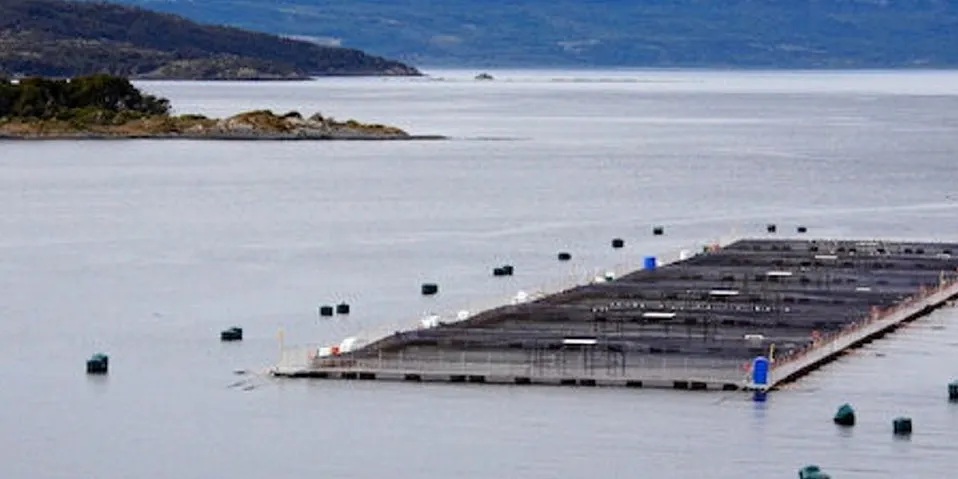Cooke, Biomar, Multi X, Skretting among leaders of effort to reduce Chile salmon farming's carbon footprint
Ten salmon producers, nine industry suppliers and three feed companies are signatories to a voluntary agreement aimed at tackling climate change and environmental issues.
